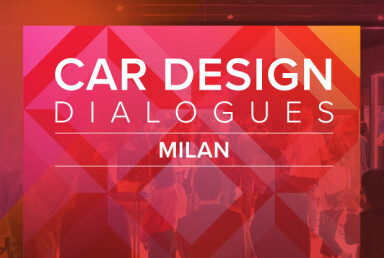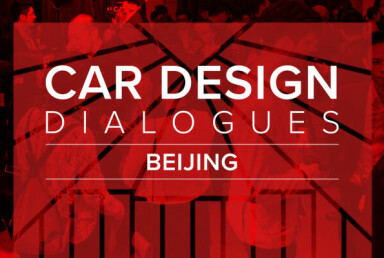New Bugatti
Brouillard heralds new era of bespoke Bugatti design
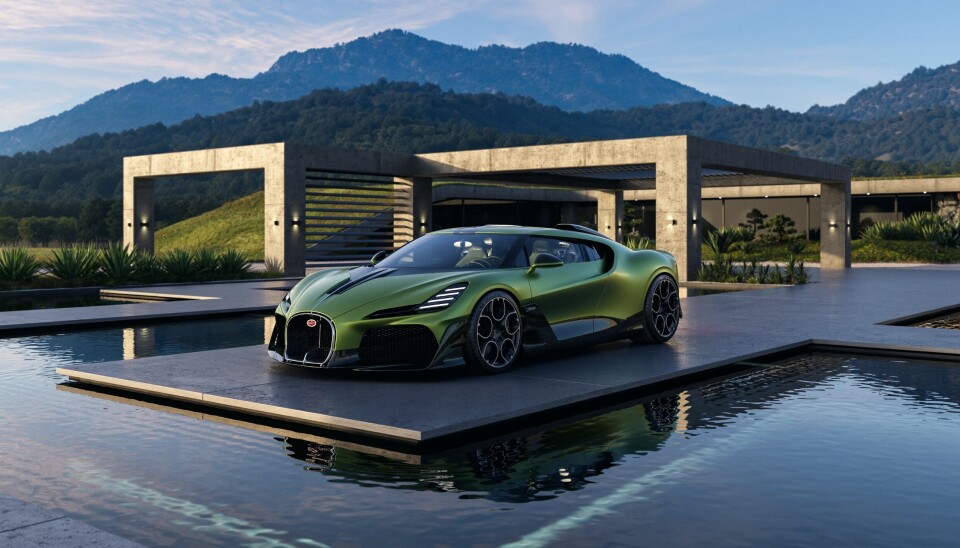
Bugatti is launching a new one-off programme called Solitaire, the first product of which is the Brouillard
Bugatti is making a return to bespoke design, a level of exclusivity that has always been part of the company since it began back in 1909. In those days, Ettore Bugatti would provide a rolling chassis to exclusive coachbuilders for its most discerning of clients, but decades later Jean Bugatti decided they could have all the fun, and the profits, in-house. It was a wise decision, one that resulted in one of the most famous automobiles of all time, the Type 57 SC Atlantic.
The debut of Bugatti’s new Solitaire programme is not likely to see the creation of a radical new tourer, or dare we say it, an SUV to meet modern trends. Instead it will focus on one-off versions of existing models. The first is the Brouillard, a significantly reworked design based on the Mistral W16.
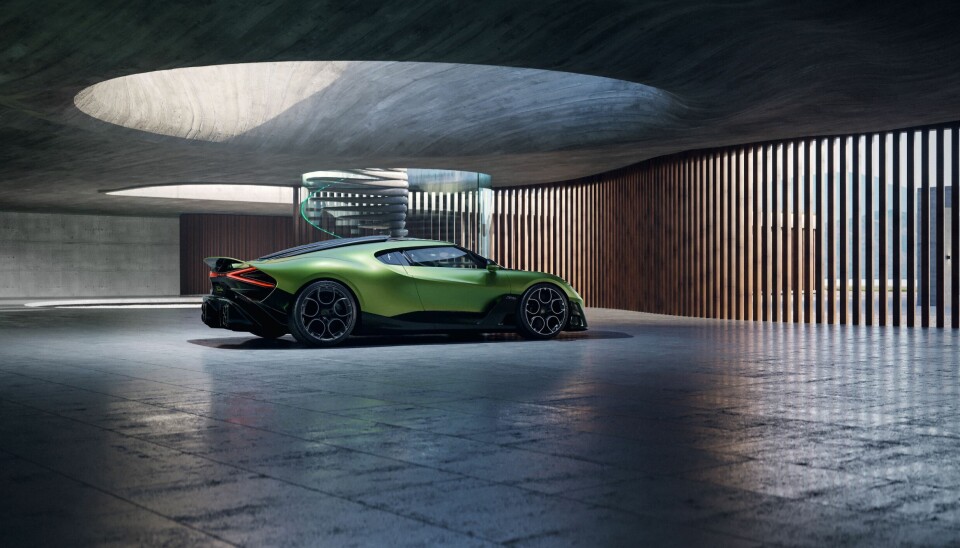
It’s also the first model to emerge from the new Bugatti Design Studio in Berlin, where Car Design News was given a preview of the Brouillard and a tour of the eclectic new facility. Part of the Edison Company in the 1800s, it became a power station and today there is still a massive transformer beneath the building that provides power to Berlin’s subway system. More famously, it was turned into one of Berlin’s hottest techno rave nightspots in the 1990s, hosting The Prodigy there in 1994.
“The Prodigy is still my favourite music for driving fast, especially Firestarter,” Bugatti design director Frank Heyl told CDN, something he says provides a genuine connection for him with the site of the new studio, which has taken a year to develop. It’s a very impressive place, with a genuinely creative vibe within its original walls, pillars and ceiling. With some design elements, including UI/UX now at the Bugatti Rimac design studio in Zagreb, the Berlin studio’s focus is on exterior trim, CMF and digital modelling, including VR, although what Heyl calls the “powerwall" has yet to be installed.
Today there are 50 people in the Bugatti design team, from 22 different nationalities, with Heyl describing those who work for the famous marque as a “family of artists and engineers”. Together they have created the Brouillard, which for now is still in the rendering and modelling stage and has emerged from a key objective.
“Authenticity is key to timelessness,” says Heyl. “How is something created? What story does it tell and will its story still be relevant in a hundred years time?”
That overriding desire to create something that will be as desirable in a century as it is today is something clearly shared by the customer, a well-known Bugatti collector who will only take delivery of his unique car in 2027.
All Bugatti models deliver an element of exclusivity of course, elevated in recent years by the Sur Mesure programme that produced the La Voiture Noire in 2019. Solitaire takes it to another level, one that Heyl describes as the highest level of customisation. There’s no compromise on certain design DNA features though, including the famous horseshoe grille and the Bugatti line of the side profile. These have been re-interpreted in the design of the Brouillard.
Heyl describes the main gesture as "forward-leaping" but at the same time the Brouillard appears to be leaning back. The team also didn’t want any hard lines. “It's very much all about reflection based and surface based and sculptural,” he says.
Major changes include the front and rear lights, still from the Mistral, but with subtle redesigns. There’s a unique glass roof, designed to provide more light in the interior and beyond it are air ducts hewn from solid aluminium that run the length of the cover of the 1600hp W16 engine. The central feature of the rear is an aerodynamic ducktail wing, engineered to channel air both above and below it.
The side profile is particularly striking with the Bugatti line creating a clear shadow along the lower part of the car. Then there are the muscular rear haunches, reminiscent of those of a horse, which is a theme that runs throughout the bespoke model, not least of all in its name which was the name of Ettore Bugatti’s favourite horse.
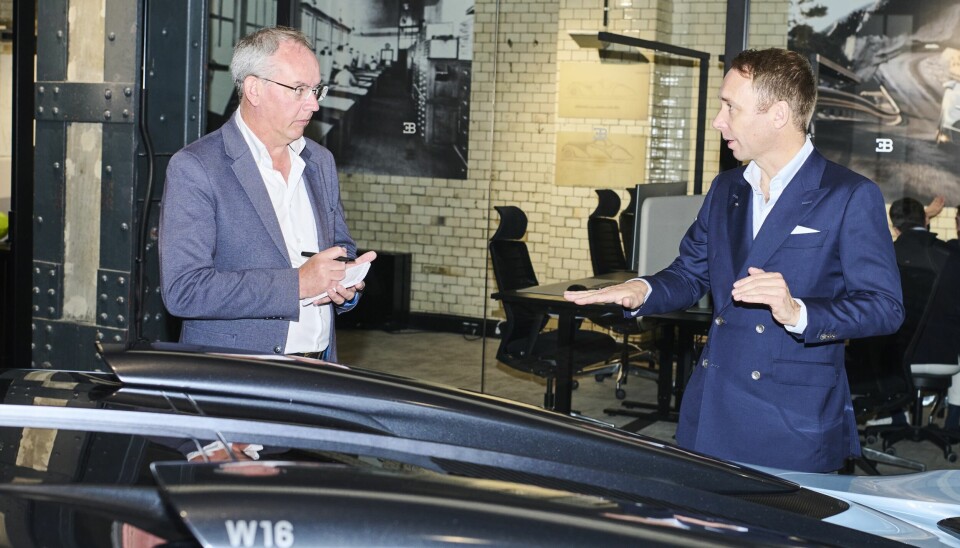
“It’s very much inspired by horses,” says Heyl. “The form language of the car is inspired by the muscles of the horse, and this kind of form language of soft shapes and bulging muscles.”
The equestrian theme is most evident in the interior though, where horse motifs dominate the seat backs and door trims. A horse head features in the crystal gear lever and then there are the materials themselves. Sabine Consolini is the head of C&T and Brand Strategy at Bugatti and she explained that the Brouillard features pure wool and genuine horse hair, which was also offered to customers of the Tourbillon.
What dates a car is the technology of the time it was created
Other materials include a very cleverly crafted carbon fibre which features a green-infused clear coat over the top to add to the overall ambience.
That green, as shown in the images, is a rather vibrant green, not traditionally a Bugatti choice. Consolini says it wasn't the favourite colour of the design team, but the client wanted it for its equestrian connection. Together they created a satin finish that really shows off the sculpted surfaces of the exterior. Different greens were also chosen for the interior to blend with the bespoke tartan that even adorns the steering wheel.
What you won’t find in the interior though is a touchscreen. “We don’t need big touchscreens that will date in a few years,” says Heyl, adding that “what dates a car is the technology of the time it was created.” He sees it as one of the reasons why the famous Bugatti Type 35 is still so desirable, because it had timeless technology and engineering, all of which still contribute to its character today.
Whether the Brouillard and the cars that follow it through the Solitaire programme will achieve the same status in years to come remains to be seen. There’s no doubt that they will have their value to collectors, but it would be good to see something that really pays homage to Bugatti’s coachbuilding roots, that creates the level of excitement that the ill-fated Atlantic concept did in 2015. For that though, Bugatti needs a customer who really believes in writing a new story.


















